Related Tags
The Martin GPCE Inception Maple is Martin’s most important guitar of recent years
With its embracing of domestic and sustainable tonewoods, and some very clever internal architecture to maximise it, the Inception is not your usual Martin guitar – and it doesn’t sound like one either
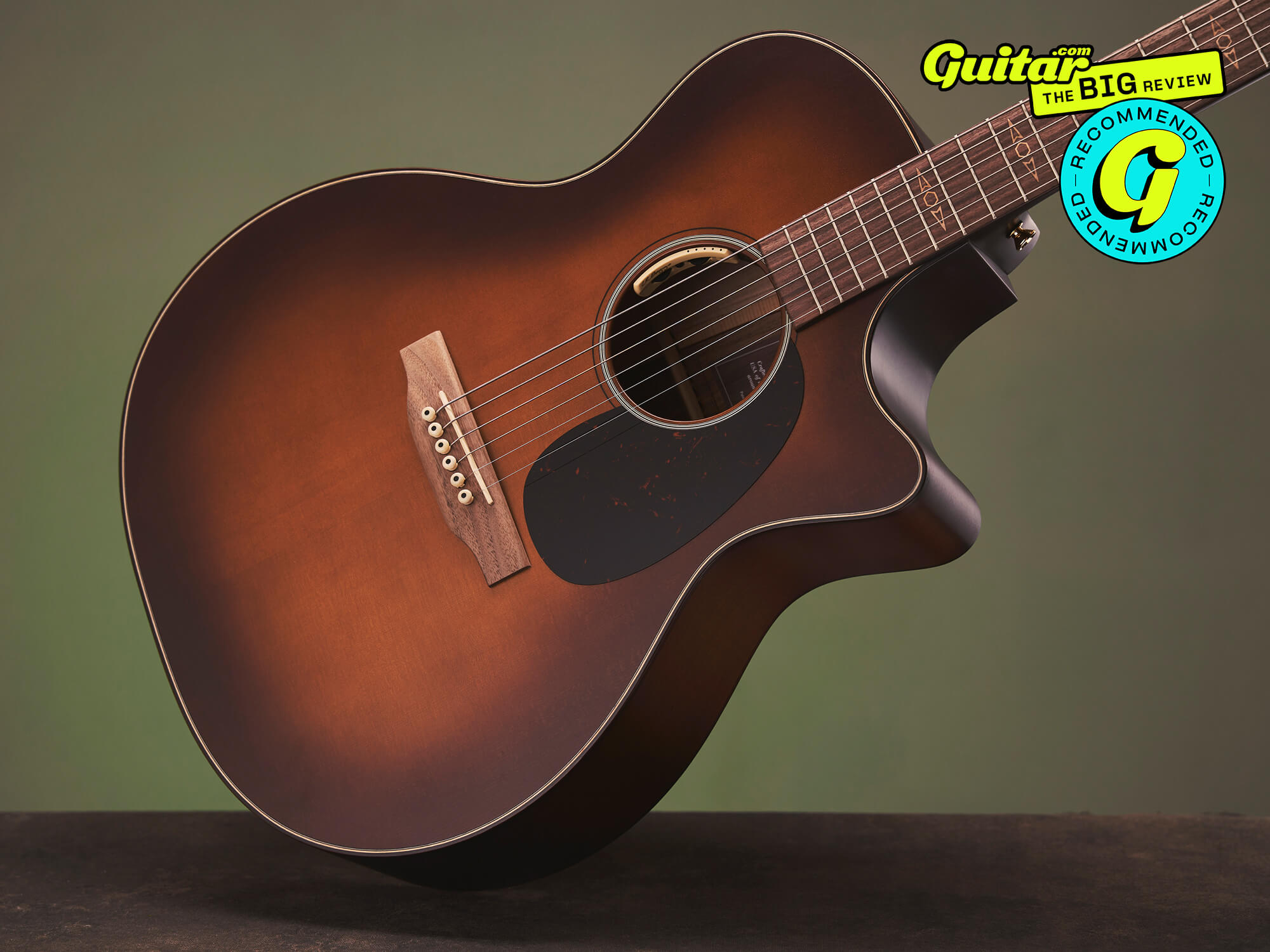
Image: Adam Gasson for Guitar.com
Review Overview
Our rating
9
Our verdict
$3,999/£4,150, martinguitar.com
When America’s most famous and storied acoustic guitar brand releases something new, people tend to notice. From the X-brace to the dreadnought, to HPL and Stratabond necks, through to more modern innovations like the polarising SC guitar back in 2020, Nazareth’s finest has continued to push the boundaries of acoustic guitar making when quite frankly they could rest on their laurels and make traditional dreads and 000s forever and nobody would complain.
I recently visited the Country Music Hall of Fame here in Nashville, and I can tell you that of all the acoustics on display, Martin was the undisputed king. The question that must grip Martin is how do you outperform and improve on the likes of the D-28 or the 000-18, or even newer instruments like the HD-35?
Enter then, the Inception – or to give it its full name, the GPCE Inception Maple – the culmination of a huge amount of R&D on Martin’s side that has created quite a stir across the guitar internet since its initial tease and then reveal ahead of NAMM 2024.

What is the Martin GPCE Inception?
At its core, the Inception is constructed around Martin’s Taylor-nodding 14-fret Grand Performance body shape, but that’s about as much in common with a traditional Martin as this guitar has. The big difference is the woods involved – so we have an FSC-certified European spruce top, paired with the unconventional choice of maple on the sides, and an eye-catching three-piece back of maple and black walnut. The idea here is to point to the future of sustainable guitar-making with a mix of abundant tonewoods and FSC-certified woods elsewhere.
Visually there’s also a big departure, with the guitar being finished in Amber Fade Sunburst, and featuring maple inlays and gold tuners, plus that hugely distinctive three-piece back. The fingerboard is also a bit different with a walnut board paired with striking maple inlays – no pearl here. There’s also an expanded cutaway in order to make upper-fret access more achievable, and LR Baggs electronics to help it get amplified.
To make all these new woods work together, there’s a lot of new stuff going on inside – the X-bracing has been ‘skeletonised’, giving quite an interesting internal look and reducing weight. Sonic channels have been created around the braces themselves to improve resonance, while the walnut insert in the back is positioned behind the bridge to sweeten the tone.
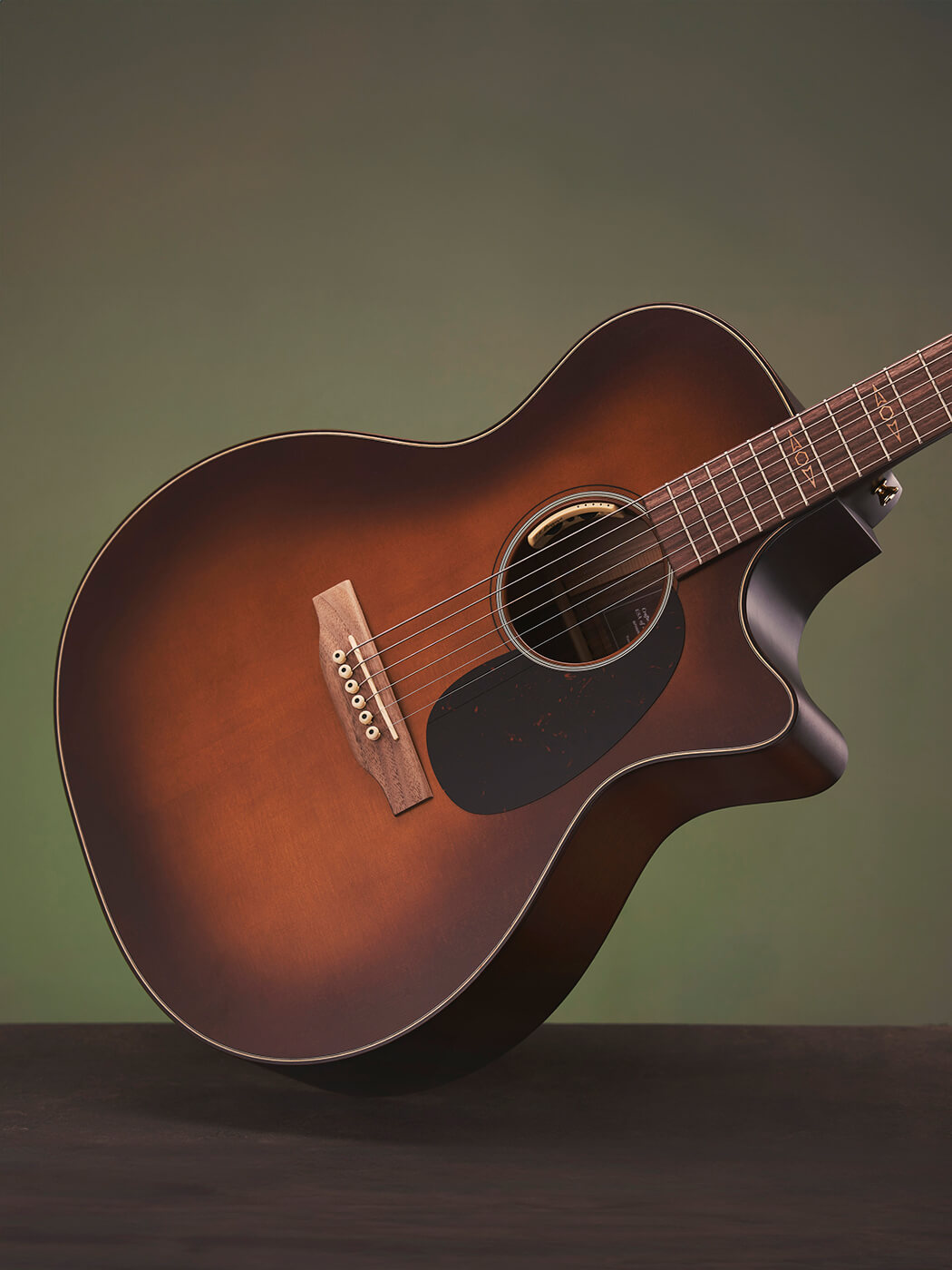
What does the bracing on the Martin Inception do?
It takes a lot to get acoustic guitar connoisseurs excited about anything that doesn’t come with some sort of heavy historic tie-in, so credit to Martin for moving the needle with the Inception, and attracting those who have been intrigued by the woods and that skeletonised bracing.
Bracing is not typically the first thing guitar players think about when it comes to guitars, but they should when it involves an acoustic one. We all know that an acoustic guitar must have a braced top to support the tension from the guitar strings trying to pull the top of the guitar all the way to the nut. Force meets tension and wood surrenders if not braced.
These braces inside of the acoustic guitar can be scalloped, which should provide more responsiveness, or straight which are just simpler and more cost effective. Martin has taken this a step further by creating skeletonized scalloped bracing. The theory being that it will increase the top’s responsiveness even more by cutting back on the mass of the bracing and allowing it to vibrate more. In simple terms less wood, just as stable and more even sound.
In practice, you can hear the difference – compared to a regular Martin Grand Pacific shape acoustic’s sound the Inception is much more balanced and even overall.
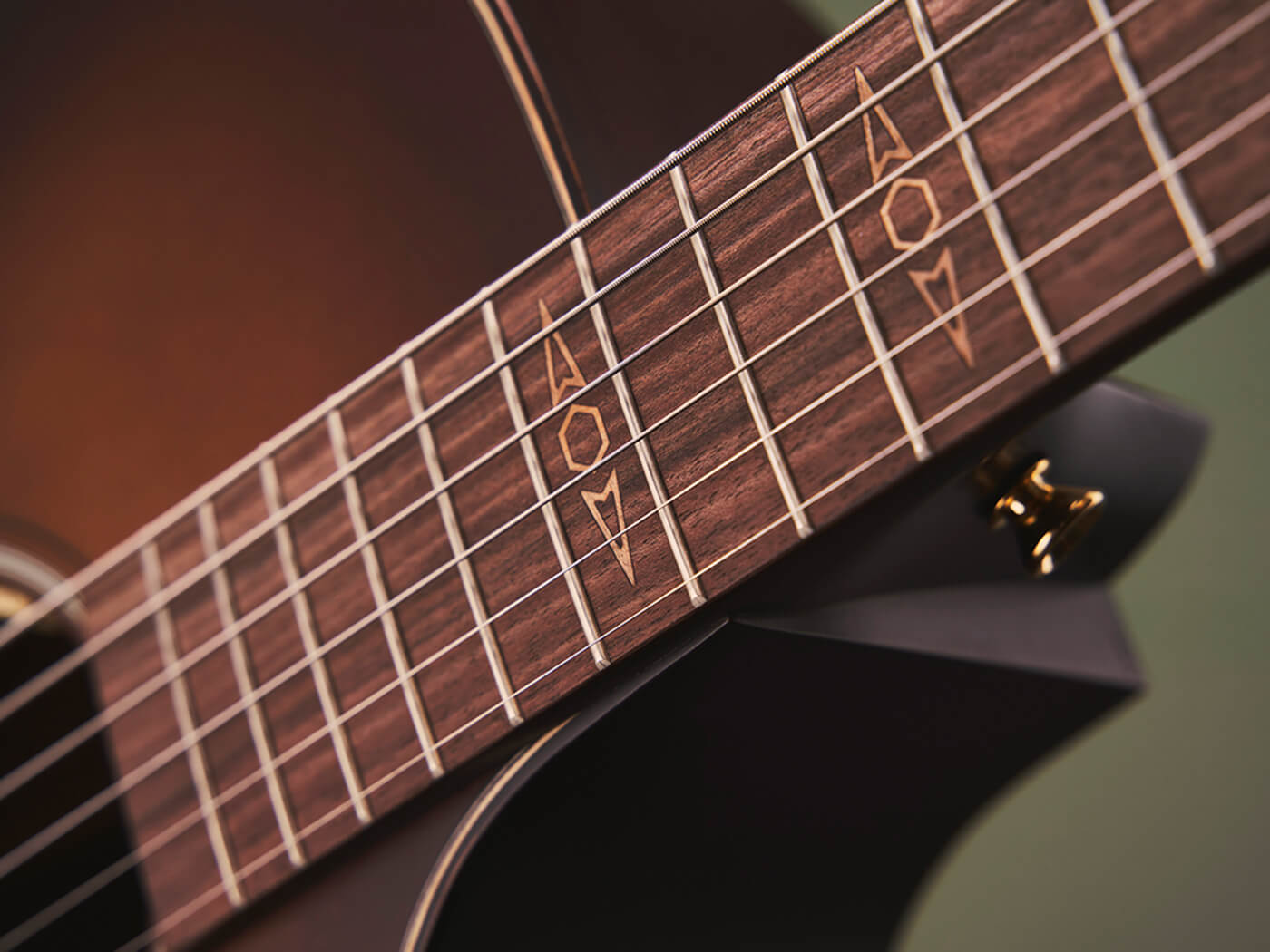
What woods is the Martin Inception made out of?
Sustainability is at the heart of what Martin is trying to achieve with the Inception, and as such the guitar eschews the use of imported tropical hardwoods in favour of domestically sourced and sustainable options. It’s something that we’ve become used to seeing from the likes of Taylor in recent years, but it’s more than a little jarring to see maple being used in place of tropical hardwoods like rosewood or mahogany on a Martin.
Maple is not an uncommon wood for acoustic guitars of course – but aside from some fairly unsuccessful attempts in the 80s, Martin has never really gone there. Maple is also a much more sustainable wood compared to tropical hardwoods, and so it fits in well with the FSC-certified spruce top.
Generally acoustics made from maple are larger in body to compensate for the inherent sonic qualities of the wood, but Martin wanted the Inception to be a more contemporary and compact instrument, which required a fair bit of engineering and ingenuity.
Some of that involved the use of the scalloped bracing and sonic channels mentioned above, but the application of walnut here is not just for looks. The insert on the back is actually designed to sit behind the bridge and soften the peaks of the maple.
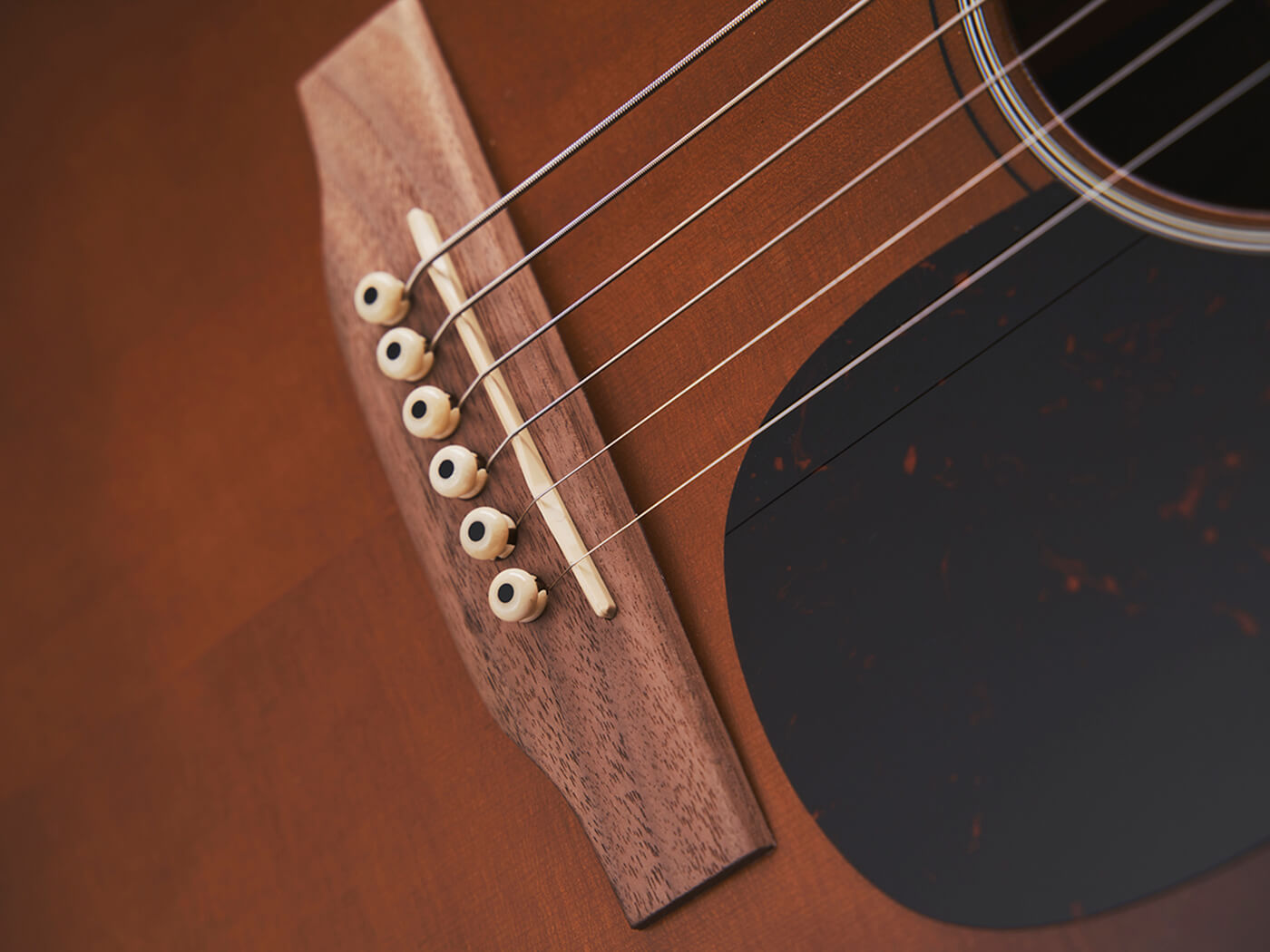
What does the Martin GPCE sound like?
It’s hard to avoid the Taylor-shaped elephant in the room whenever you pick up a Grand Performance Martin, and this vibe is only enhanced when you throw in the Inception’s unconventional tonewoods and finish.
It still sounds like a Martin, however – albeit one with a little more pronounced mid- and high-end frequencies than you might be expecting. As a fingerpicker, the depth and complexity of the guitar’s tone really stands out – and that’s equally the case whether you’re gently plucking or stridently spanking those strings. The harmonic breadth and balance makes this a perfect bluegrass picker.
That isn’t to say that this is a guitar lacking power, either – especially given the smaller body dimensions, it has the projection and punch to the sound that’s all the more impressive given the complexity of the tone when picked.
If there’s one thing that is a little lacking is the bass response – compared to a traditional Martin tone it lacks some of that powerful low-end thump, but it ultimately makes for a more balanced instrument overall – it’s very much a matter of personal preference whether this is an issue for you or not. I certainly found the guitar’s depth and balance a compelling combination, and it was a very hard guitar to put down when playing idly.
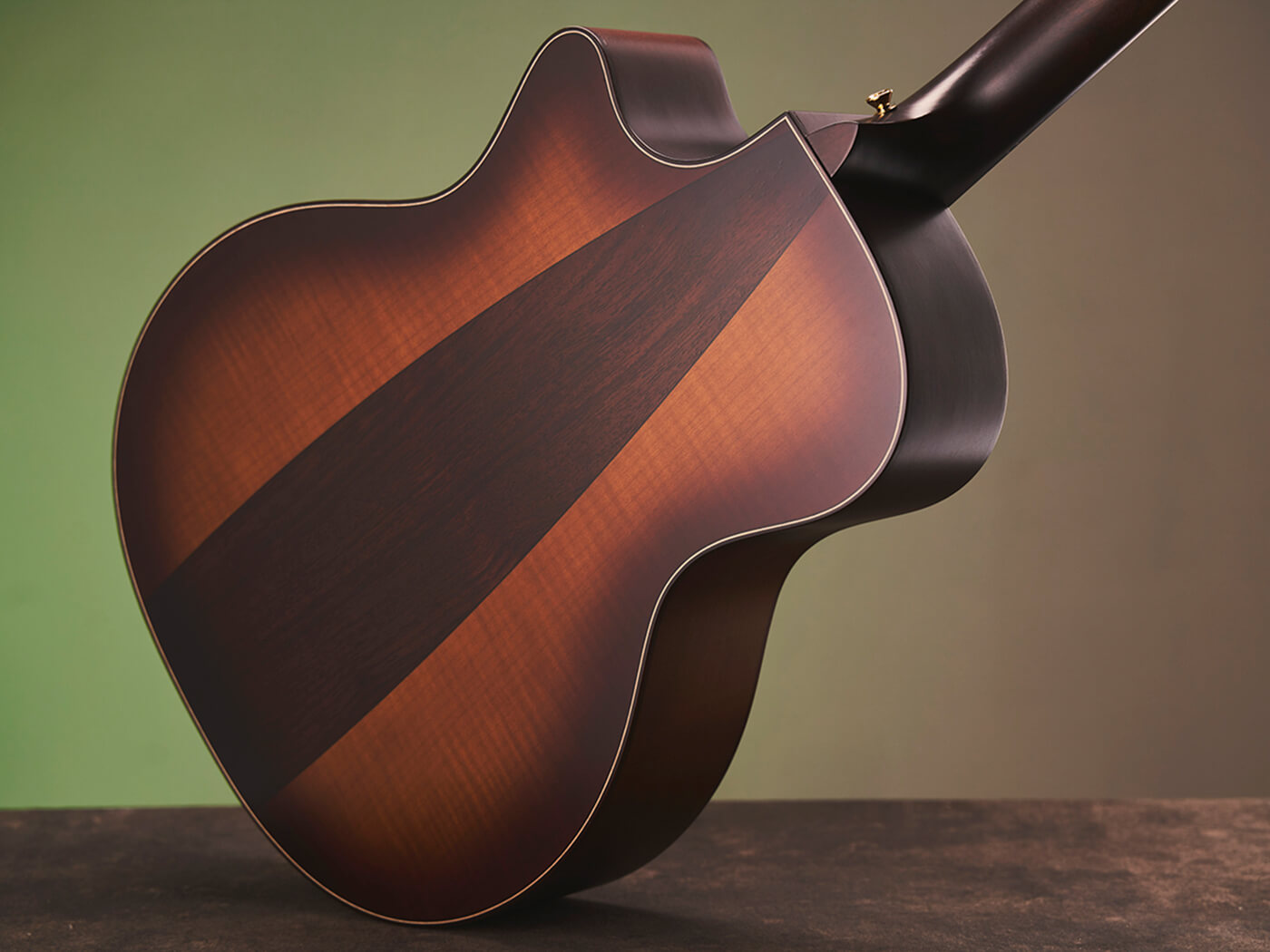
Plugged in, LR Baggs’ Anthem electronics system does a fine job reflecting the core sound, offering a warm and full tone with more middle and treble frequency, but a flatter bass response to my ear. The anthem’s combination of internal mic and under-saddle pickup does a great job of creating a faithful and organic snapshot of the unplugged tonality.
All things considered, Martin’s High Performance neck is a solid choice to pair with what is a very modern direction for the brand. It’s fast and smooth, and will appeal to players crossing over from electric guitars, or those with smaller hands.
The walnut fingerboard is another break with tradition, but one that works well in this context – it’s an incredibly playable piece of wood, and those unconventional maple inlays further set things off in a unique way. The GP body shape pairs nicely with the neck offering excellent feel and access all the way up the neck.
Is the Martin GCPCE worth the money?
We’ve been used to seeing Martin experiment new designs and concepts at its Navajoa factory in Sonora, Mexico – the SC-13E being the most notable example – with all the price benefits that come with it. The Inception, however, is crafted in Nazareth, Pennsylvania – this is a good thing from a build, sound and playability perspective of course but it also means you’re going to be paying what you’d expect to pay for established US-made Martin guitar models.
And taken on its merits, it’s worth every penny – once I realised that this was not going to sound and play exactly like a traditional Martin, I found this to be an inspirational and musical instrument that offers a wonderfully balanced tone when picked or strummed. The only question is whether Martin can attract a different type of player (or appeal to its existing audience) enough to get them to part with four grand for the privilege?
Regardless, the Inception is one of the most interesting, and you sense important, Martin guitars in many years. While it’s likely more a start point than the final destination of Martin’s journey to embracing more sustainable tonewoods, it’s the most compelling proof yet of where the future of acoustic guitar is headed.
Martin GPCE Inception Maple alternatives
- Taylor 724ce Grand Auditorium V-Class $3,499
- Gibson 1942 Banner J-45 VOS $4,999
- Martin D-28 Satin Amberburst $2,799
